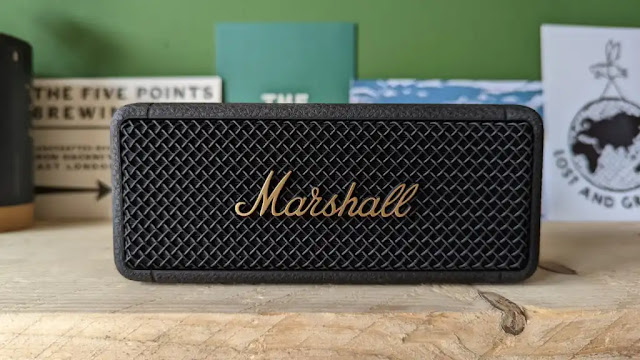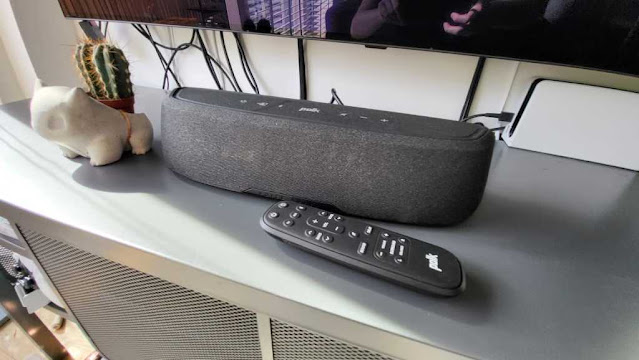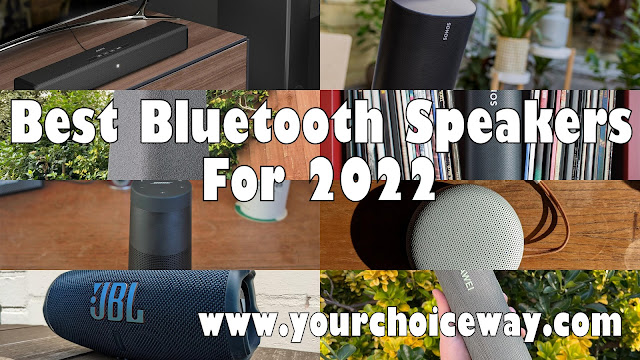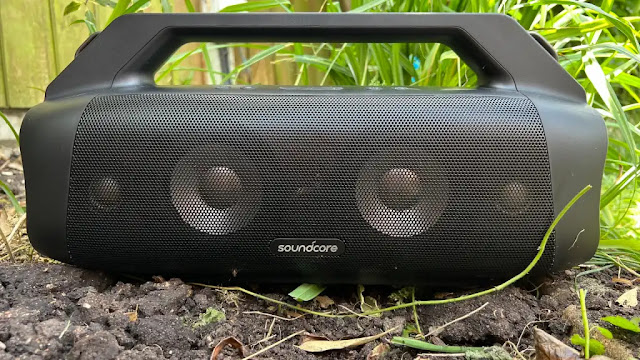Google has finally replaced its Home smart speaker, and if you're ok with the slightly unusual design, the Nest Audio is a great value for money all-rounder.
Should I Buy The Google Nest Audio?
Pros
- Impressive bass and mid-tones
- Affordable
- Compact
- High-quality build
Cons
- Only two colours outside US
- Harsh sound at top volumes
- Multi-room could be better
Our Verdict
Price When Reviewed
- $99.99
Google’s long-awaited replacement for the original Google Home smart speaker is here, complete with new Nest banding, an overhauled design and much better sound quality. Here’s our Google Nest Audio review.
Although calling it the Nest Home would have made sense, it seems Google is gradually moving away from that naming system. Audio is a bit generic but nevertheless, that’s the least important thing here.
The Nest Audio arrives at a lower price than when the Home first launched and is upgraded in pretty much every way.
Design & Build
The Nest Audio looks almost completely different to the Google Home with a new shape entirely and now coated in fabric apart from the grippy rubber base.
I quite liked the quirky shape of the Home with its slanted top and interchangeable cover. While the Nest Audio fits better into Google’s range of devices, I’m not sure the design is going to suit everyone.
Whether you like it or not is up to you, of course, but the fabric feels nice and the speaker is solid and well-constructed. Google has even used 70% recycled plastic which is great, offsetting 1.2 500ml water bottles from landfill for each device.
It’s a shame that in the UK we only get two colours to choose from: Chalk and Charcoal. While in the US there’s a full range of five adding: Sage, Sand and Sky.
There’s little else to say about the design apart from that you get the typical set of four LEDs to show when the Google Assistant is responding and volume level etc. Hidden capacitive buttons sit across the top at the front so you can control volume and playback.
You’ll mostly interact with your voice and when you don’t want the speaker to be listening, just flick the physical switch on the back. You’ll know it’s muted as the LEDs turn orange.
Sound Quality & Features
If you’re on board with the design, then your ears are going to get a treat. The Nest Audio is a whole lot better in this department compared to the Google Home.
Google says its 75% louder and has 50% stronger bass. I can’t confirm those lab tests but can tell you that the Nest Audio sounds very nice indeed. A larger 75mm woofer accompanied by a 19mm inside an improved chassis combine to make for a rich sound.
The focus here is a well-rounded sound that suits pretty much whatever you play through the Nest Audio. There is a bias to the bass and mid-range which are very warm sounding and the speaker has a decent amount of punch here.
While the tweeter is there to support by producing high frequencies, they are a little overpowered by the lower range. Luckily you can adjust the bass and treble in the Google Home app if you agree and want to boost the top-end.
Something called ‘Media EQ’ supposedly automatically adjusts the tuning of the speaker to music, podcasts or the Assistant. This is noticeable but all of the above does sound good on the speaker.
Although the Nest Audio isn’t much bigger than its predecessor, it’s got bags more power. The Nest Audio sounds pretty loud even at 50% volume.
It will easily fill an average size room with sound at this level. The downside is that if you did want to push it towards maximum, perhaps for a party with only the one speaker, the sound quality takes quite a hit. At over 80% volume, the Nest Audio sounds harsh and there’s an unwanted amount of distortion.
In all honesty, unless you have a huge house with a ballroom the Nest Audio and is plenty loud at 60-70%.
If you really do want bigger sound then Google has the Home Max, but you’re probably better off spending less on two Nest Audios.
Multi-Room And Assistant
Note that the Nest Audio isn’t designed to offer 360-degree sound so is forward-firing like a traditional speaker. However, you can get two and create a stereo pair if you like. I was only sent one to test but I can imagine they would sound pretty great as a pair.
You could, for example, buy four and place them all in different rooms for a fairly affordable multi-room alternative to the likes of Sonos. While Google has improved this aspect over time with new commands to move music from one room to another, there’s still lots that could be better.
Otherwise, the Assistant works as we’ve come to expect with the ability to answer questions, set timers, control other smart home devices such as lights and more.
I was hoping, based on a leaked video ahead of the Nest Audio launch, that the speaker would have a battery making it portable. A cheap rival to the Sonos Move would have been an excellent selling point but alas, it’s not the case.
Price & Availability
The Nest Audio costs £89 or US$99 which is very affordable considering the Google Home first launched at £129 (although was later reduced).
It's perhaps no surprise that the price matches its biggest rival, the Amazon Echo (3rd-gen). Both remain much cheaper alternatives to the likes of the Sonos One, Apple HomePod and others.
Check our best smart speaker chart for alternatives.
Since the Nest Audio can be made into a stereo pair, you can save £20/US$20 for every two you buy at the Google Store.
It goes on sale 15 October and if you don’t want to order from Google you can get it from John Lewis and Currys PC World.
Verdict
Unusual design aside (which has grown on me over time), the Nest Audio is very well-made. It is a shame that there are only two colours to choose from outside the US, though.
Importantly, it's the sweet-spot of Google's range offering big, rich sound from an affordable and compact speaker. Great news if the Home Max is too expensive and bulky.
Bass is particularly impressive and the mid-range is solid too, plus you can use the Google Home app to boost the treble if needed.
Things do go badly downhill when pumping the volume over 80% but this thing is so loud I highly doubt you'll need to go above 70%.
Multi-room is better with the ability to move music from room-to-room, but Google still has work to do here to make it more like the experience of Sonos.
Specs
- 75mm woofer
- 19mm tweeter
- 3 far-field microphones
- Capacitive touch controls
- Mic mute switch
- 1.8GHz Quad-core A53 processor
- Dual-band 11ac Wi-Fi 5
- Bluetooth 5.0
- Chromecast built-in
- Google Assistant built-in
- Supports Android and iOS
- 124x175x78mm
- 1.2kg
- Chalk, Charcoal
- Made from 70% recycled plastic




















0 comments:
Post a Comment